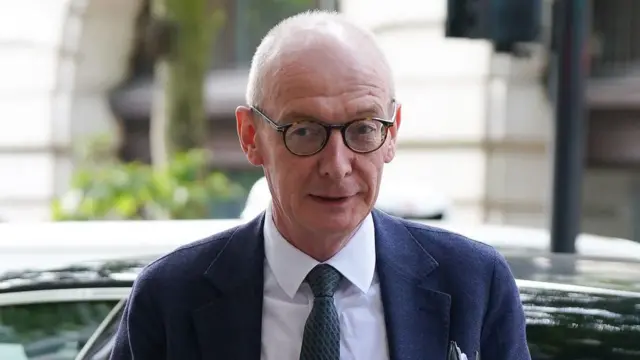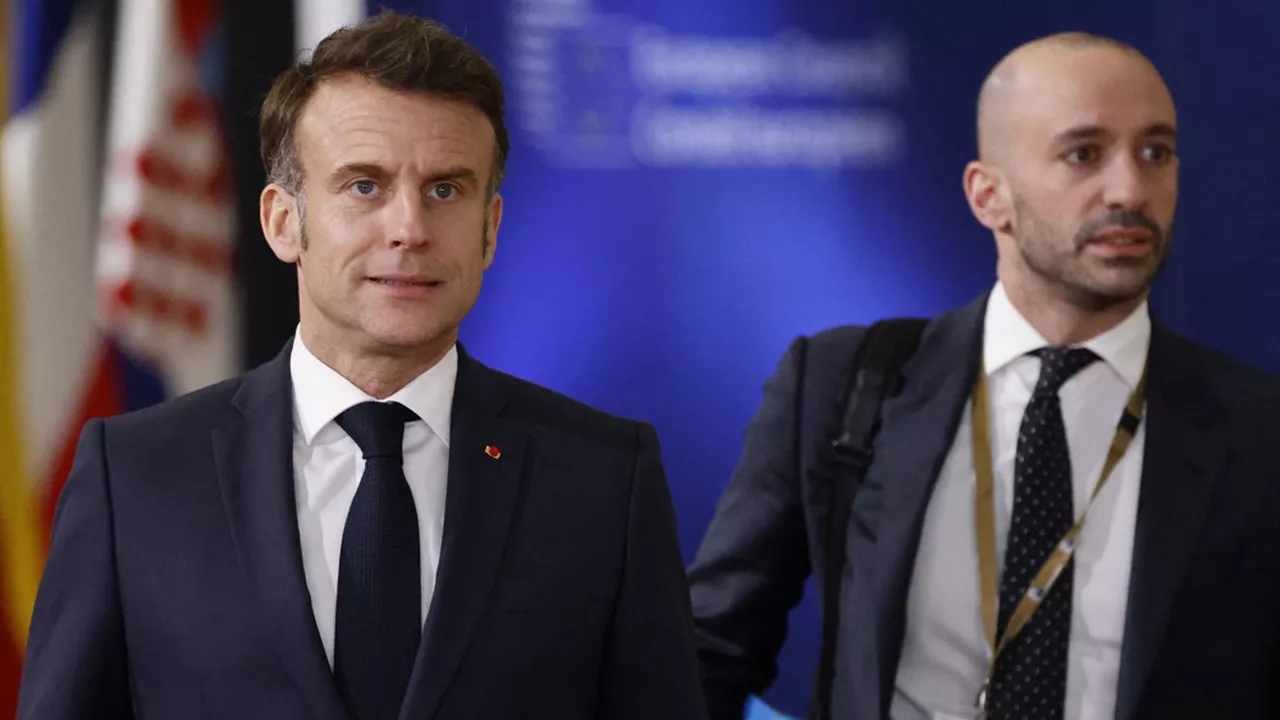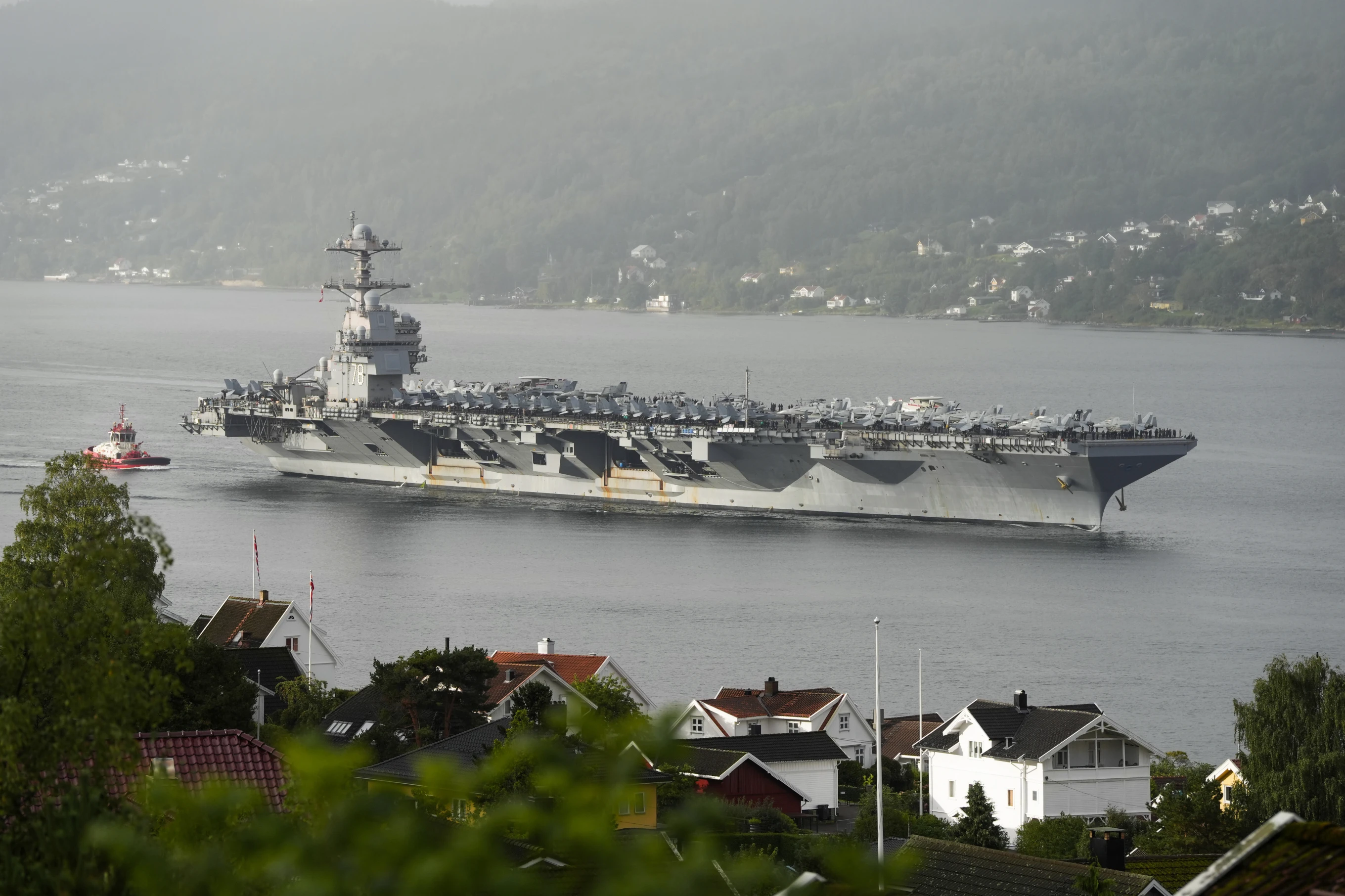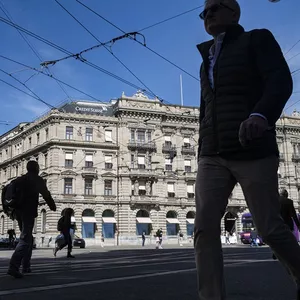Inside COBR: What Really Happens in the UK Government’s Crisis Room
From terror attacks to pandemics, the UK government’s COBR room is the nerve centre of national crisis management. Here's how decisions are made when the stakes are highest.
In moments of national emergency—when bombs detonate in city centres, when a virus spreads unchecked, or when severe floods paralyse infrastructure—Britain turns to a room known simply by four letters: COBR. Short for Cabinet Office Briefing Room , COBR (often mistakenly called “COBRA”) is the UK government’s crisis command centre , an unassuming suite of secure rooms beneath Whitehall where Britain’s top ministers, intelligence chiefs, emergency responders, and military officials gather to make life-and-death decisions. What Is COBR and Where Is It? Located in a restricted section of 70 Whitehall , just behind 10 Downing Street, COBR isn’t a single room but a series of secure, high-tech meeting and coordination areas.
It was first developed in the 1970s to streamline communication between government departments during emergencies—and has since evolved into the UK's operational brain during crises. There is a main meeting room , with satellite maps, secure videoconferencing systems, and access to real-time intelligence feeds. The facility is connected to every UK department, the police, military, MI5, MI6, GCHQ, NHS, and local emergency services.
Communications are encrypted. Access is tightly controlled. When Is COBR Activated? COBR is convened whenever there is a major domestic or international emergency requiring cross-government coordination.
This includes: - Terrorist attacks (e. g. 7/7 London bombings) - Natural disasters (e.
g. major floods, storms) - Health crises (e. g.
COVID-19 pandemic) - Transport disasters (e. g. train crashes, airline incidents) - Cybersecurity incidents - National strikes or civil disorder The decision to activate COBR is made by the Prime Minister or the Cabinet Secretary , depending on the severity of the situation.
Meetings can happen within minutes of an alert. Who’s in the Room? Depending on the crisis, participants can include: - Prime Minister (or relevant senior ministers) - Home Secretary and Defence Secretary - Chief of the Defence Staff and Metropolitan Police Commissioner - Intelligence agency heads (MI5, MI6, GCHQ) - Scientific advisors (e. g.
SAGE during COVID) - Regional leaders and devolved administration reps - Communications and strategy advisors Sometimes foreign leaders or NATO allies are looped in via secure lines. What Happens During a COBR Meeting? COBR is not about debating policy—it’s about making decisions quickly and coordinating responses. Meetings are chaired by a senior official—often the Prime Minister or Cabinet Office minister.
A typical session includes: 1. Briefings from intelligence, emergency services, and scientific experts 2. Threat and impact assessments 3.
Operational updates from ground teams 4. Strategic decisions : mobilizing military aid, imposing lockdowns, issuing evacuation orders, etc. 5.
Communications planning : who speaks to the media, when, and with what messageThe aim is to achieve clarity, speed, and unity. All agencies must work from the same script, to avoid confusion or contradicting public advice. Notable COBR Moments - 7/7 London bombings (2005) : Coordinated response to a multi-site terror attack, with updates from the Met, MI5, and emergency medical crews.
- Icelandic volcano eruption (2010) : COBR helped manage airspace closures and coordinate responses for stranded UK travellers. - COVID-19 pandemic (2020–21) : COBR met frequently to manage lockdown decisions, border controls, and vaccine deployment. - Ukraine War escalation (2022) : COBR used for intelligence coordination and sanctions planning.
Criticism and Controversy COBR has been praised for its speed and coordination—but has also drawn criticism: - Some officials say it can become a symbolic gesture without follow-through. - During early COVID meetings, critics claimed decisions were slow and politically influenced. - Others argue COBR meetings are often more about managing optics than outcomes.
Former ministers have noted that while COBR provides valuable structure, real decisions often happen outside the room , in informal conversations or parallel channels. Secrecy and Security COBR meetings are held behind closed doors, with no live media access. Notes are taken by civil servants but rarely published.
Leaks are rare—and when they occur, they're treated as major breaches. Phones are banned. All digital systems inside COBR run on secure networks.
Officials often describe the atmosphere as 'tense but focused'. Why It Matters In an era of compound crises —terrorism, cyberattacks, pandemics, and climate-related disasters—COBR plays a crucial role in maintaining government continuity, public confidence, and rapid crisis response. Though it is not a magic bullet, the COBR mechanism helps the UK government function under pressure, ensuring that the country’s most critical decisions are made with the right people in the room, under a single roof.
Conclusion: Where Calm Must Meet Chaos What happens inside the UK government’s crisis room is a blend of strategy, speed, and structure. It’s not glamorous—but it’s essential. As the country faces more unpredictable threats, COBR will remain one of the most important, least understood rooms in British democracy.
23rd july 2025



